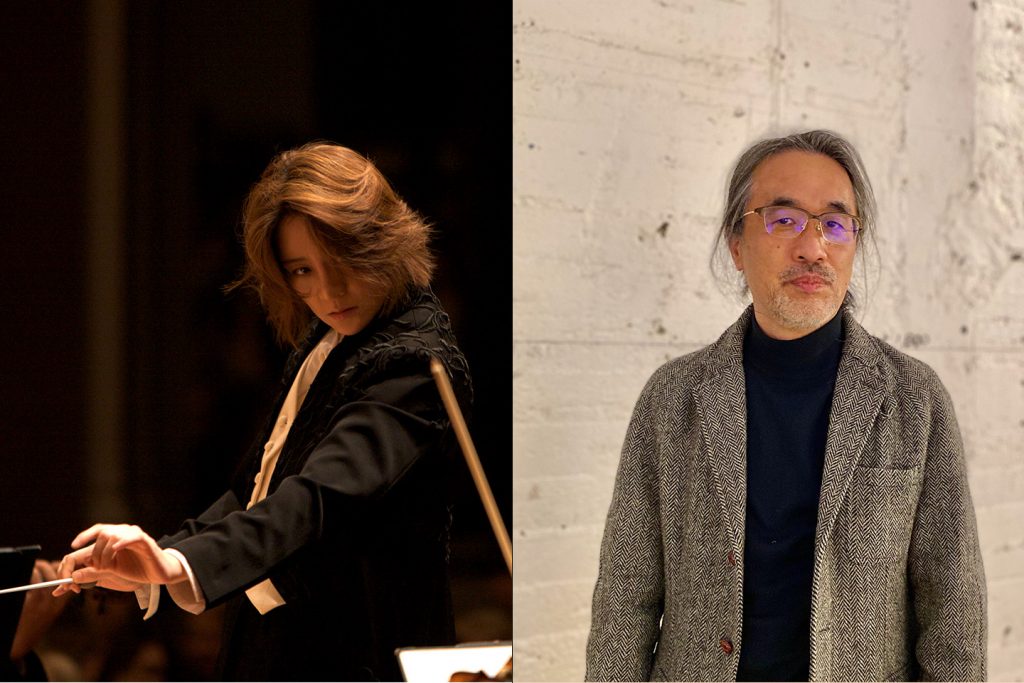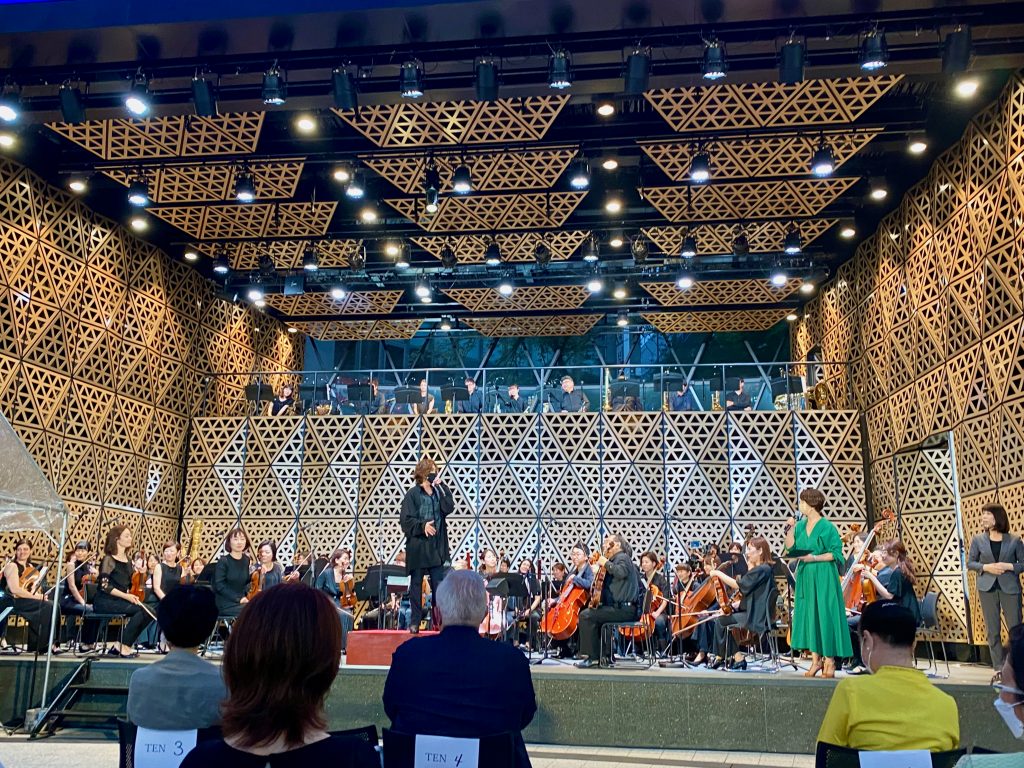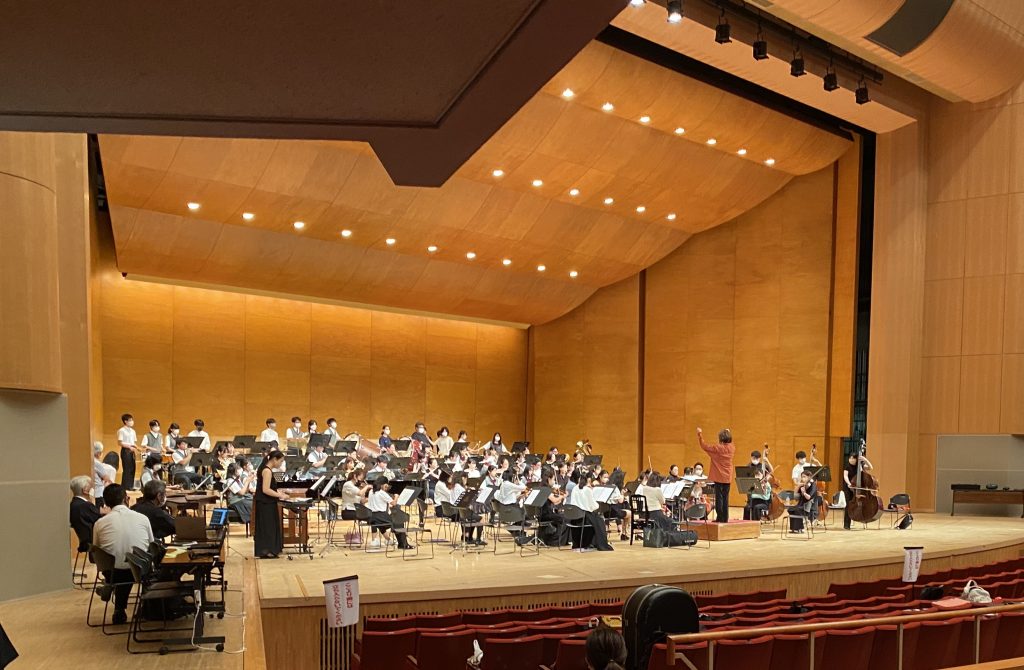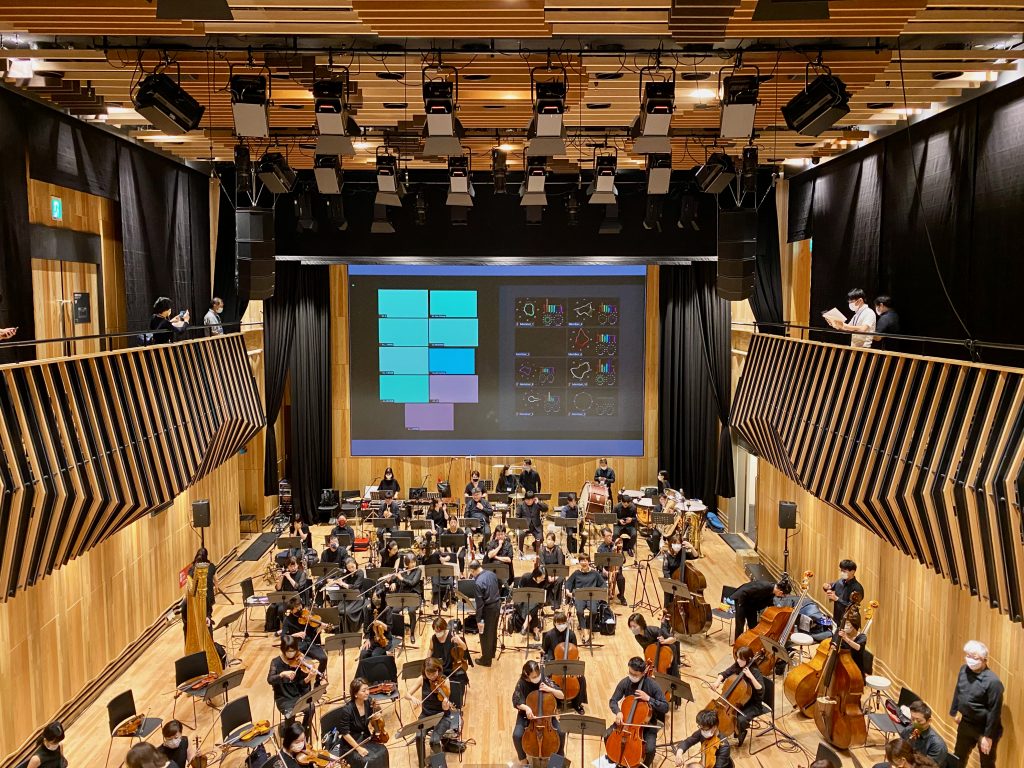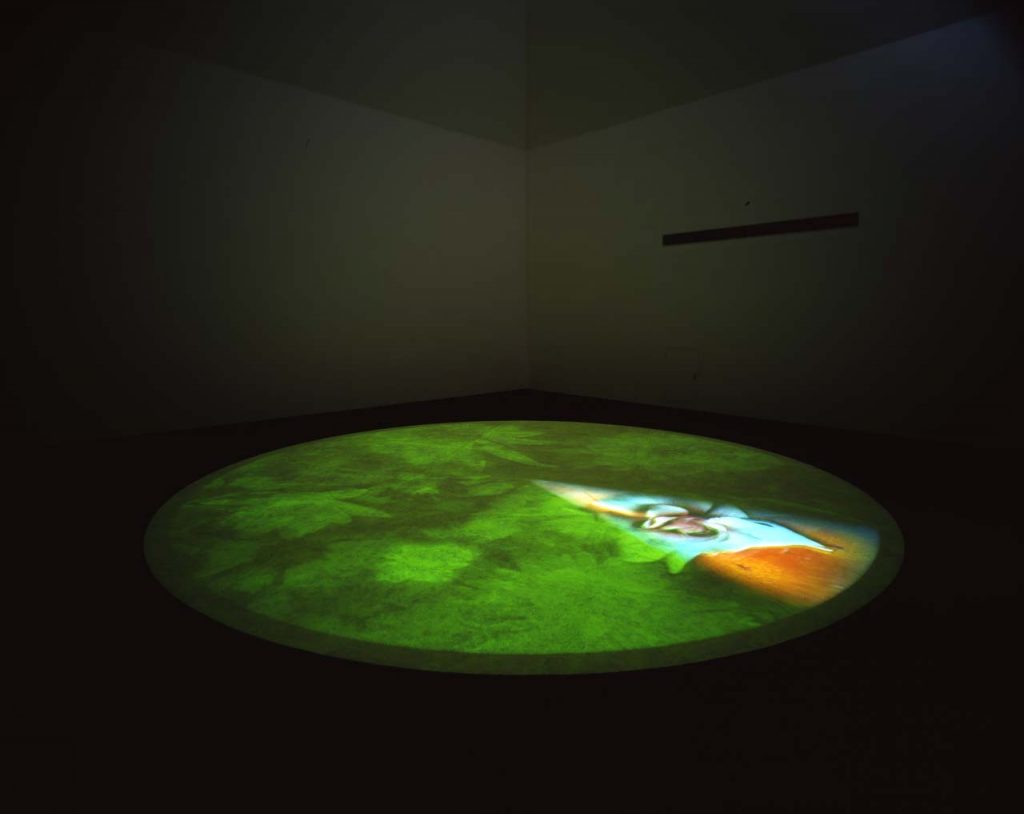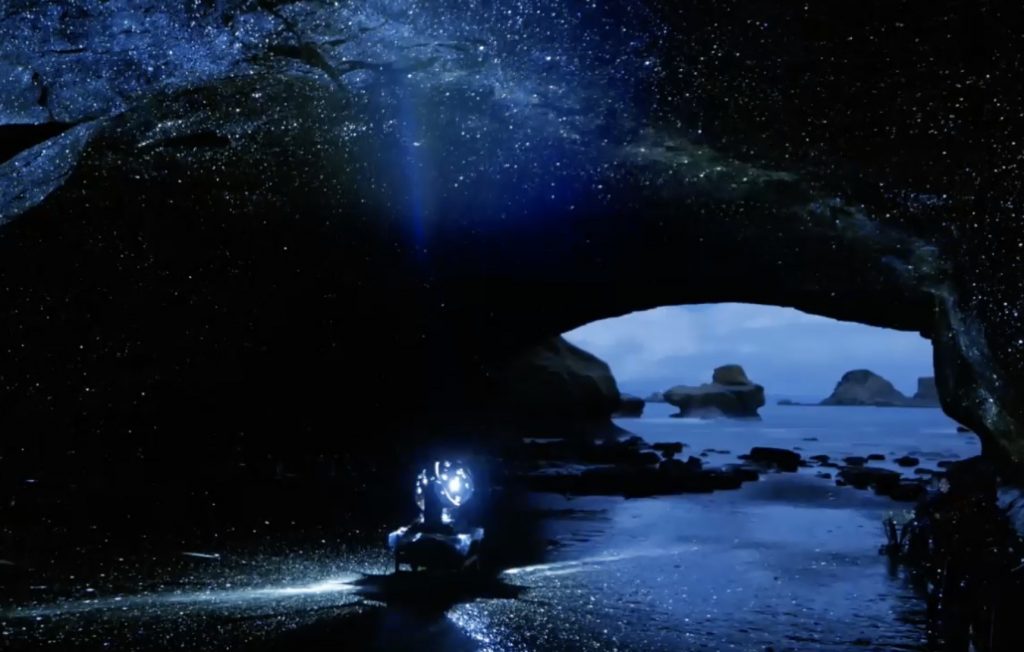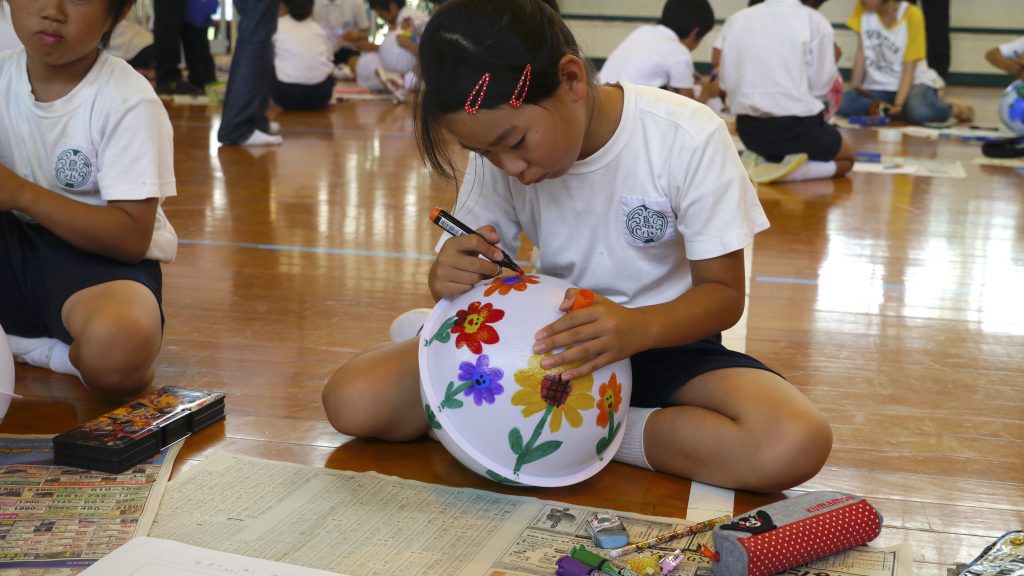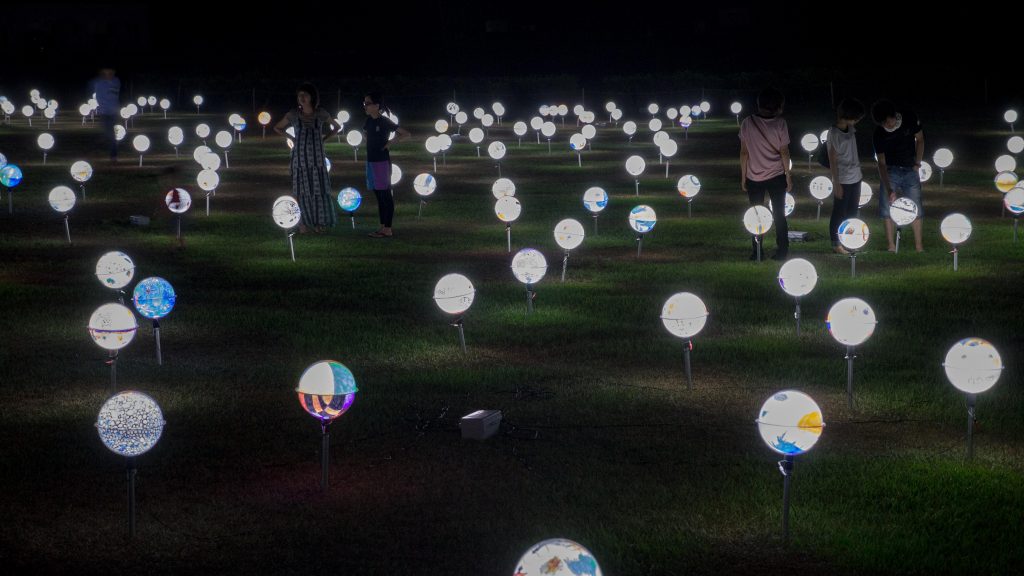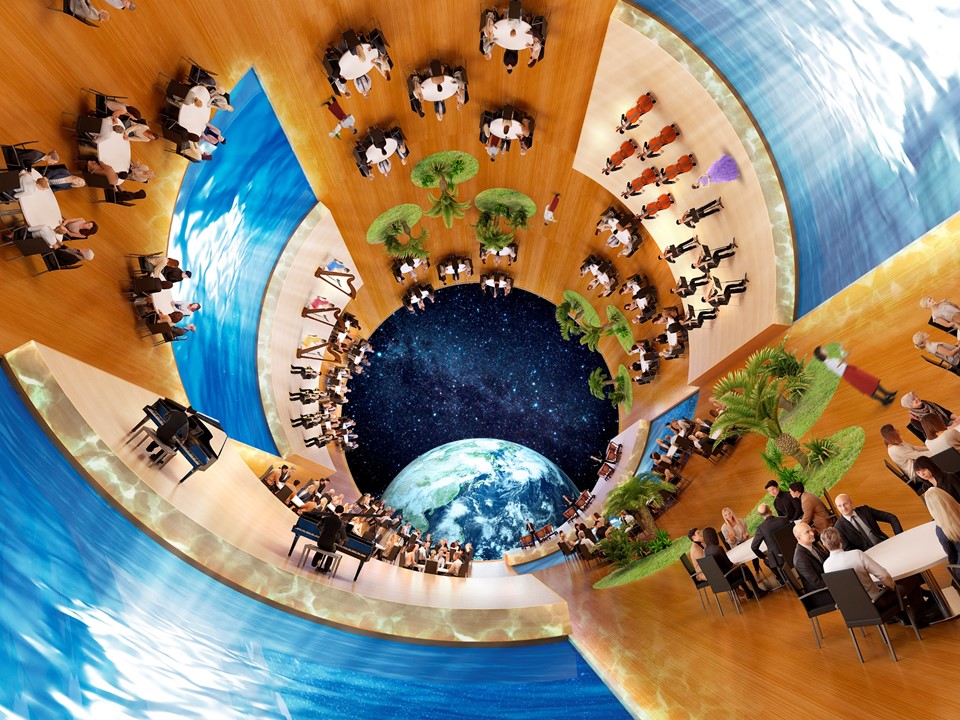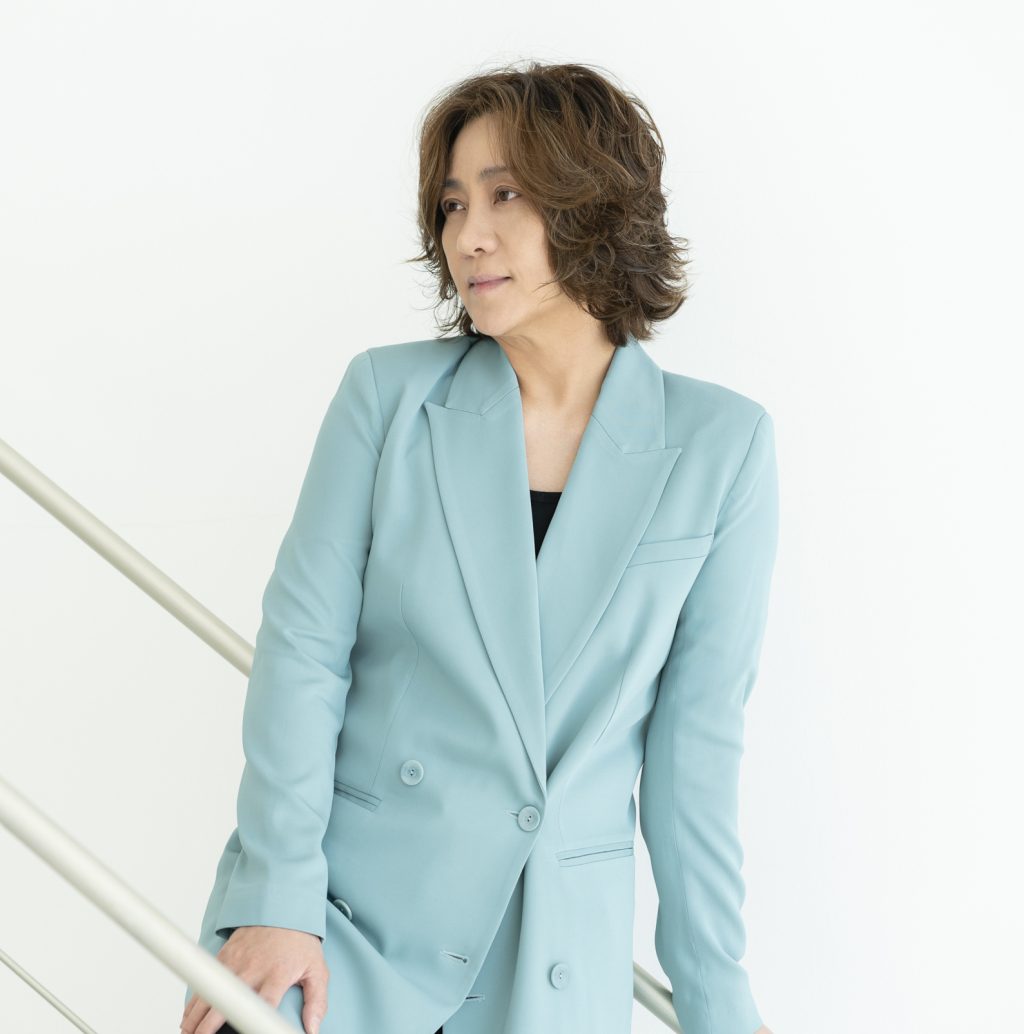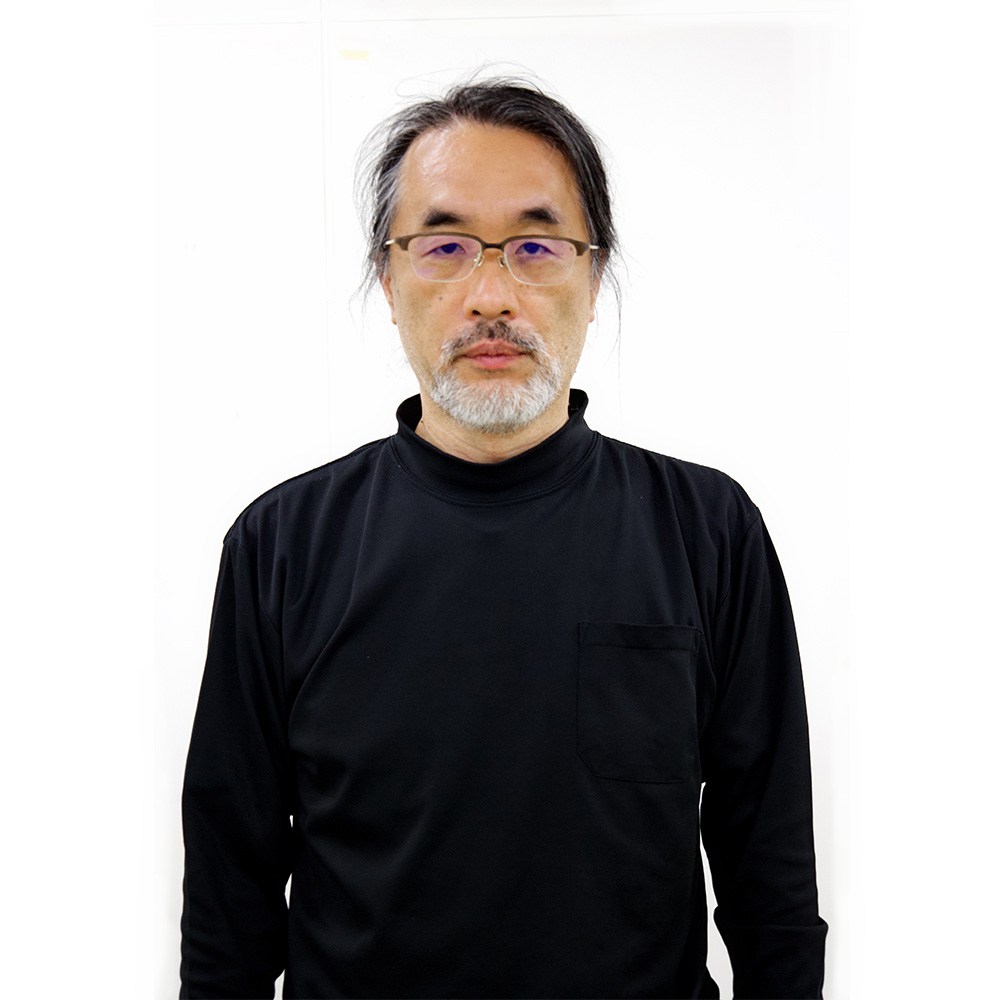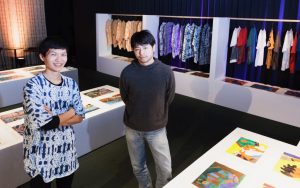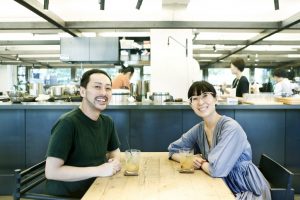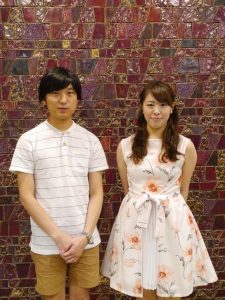Moriwaki So the challenge for the future is to provide scientific evidence for the power of music to energize and heal people. Specifically, what kind of scientific analysis of music are you pursuing?
Nishimoto We are conducting various biometric measurements such as brain waves, heart rate, and respiration, as well as surveys, fieldwork, and outreach research studies. Above all, by experiencing the wonders of music together with teachers and children in educational settings, we aim to collect voices from the field on what is needed, and we want to reflect them in this research.
Moriwaki So, in addition to experiments with performers and researchers, you are also conducting workshops with children. Do you have any plans for how the results of such verification will bear fruit in various aspects?
Nishimoto We are researching the wonders of music so that they can be incorporated into compulsory music classes, including music therapy and the scientific aspects of music that children can use themselves. While music classes in the past were associated with moral education, we now hear the team STEAM education (an educational approach that integrates Science, Technology, Engineering, Arts, and Mathematics). Indeed, within such a framework, the role that music can play will be very significant.
Moriwaki I think the background to the change in educational policy lies in a significant shift in the overall framework for advancing science and technology. In 2021, the Science and Technology Basic Law was revised as the Science, Technology, and Innovation Basic Law, and was enacted. This represents a major shift in national policy towards integrating the arts and sciences, advancing technology development by integrating science and technology with the humanities and social sciences.
Nishimoto In the junior high school mathematics textbook Chugaku Sugaku 3 (2012-2015 edition), my preface message was published, although it may seem forward of me. Music is originally an art field with scientific aspects. If children learn about the effects of music based on scientific evidence at school, bring it back home, and utilize it for their mental and physical well-being, I believe that more people can achieve increased peace of mind and vitality through music.


